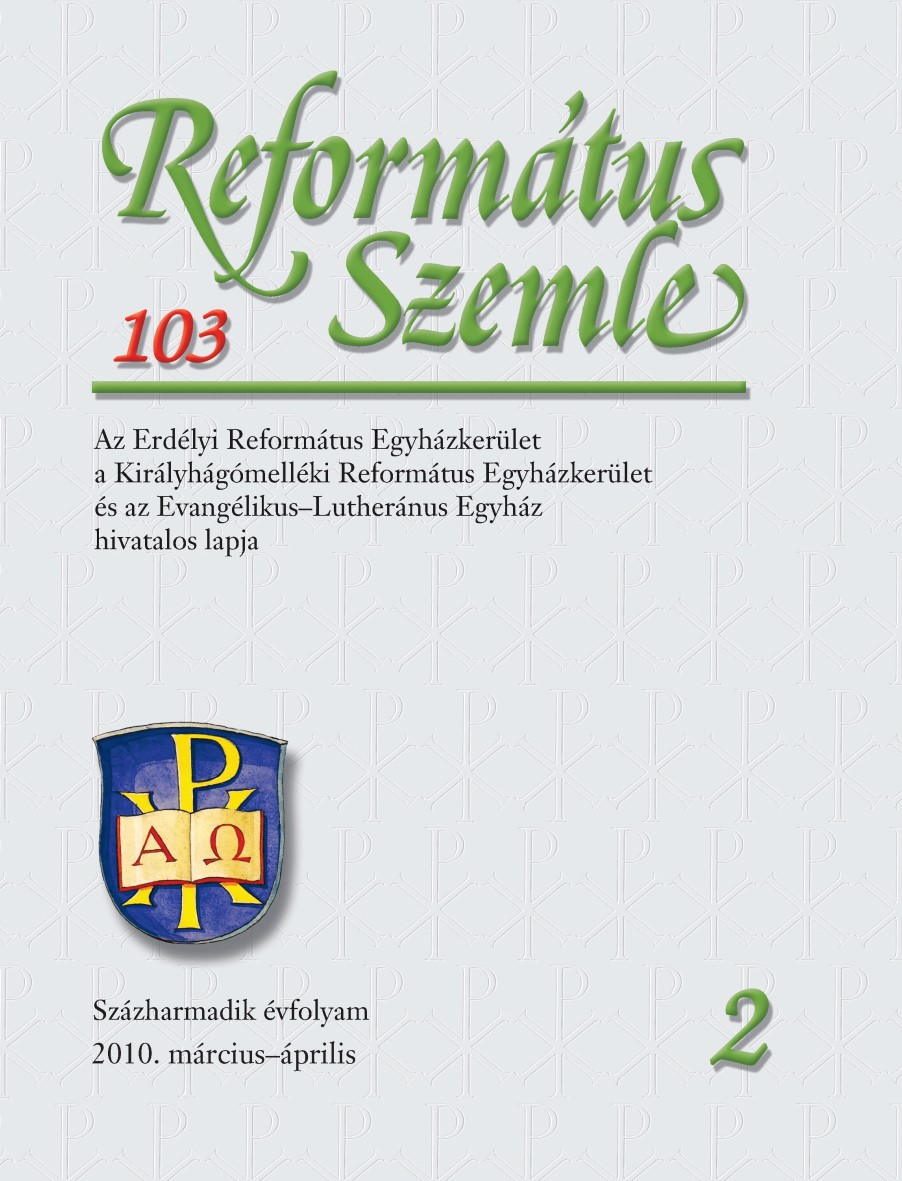A második világháború idején gyakorolt cenzúra Romániában és a Dél-Erdélyi Református Egyház
Censorship in Romania during WW2 and the Southern Transylvanian Reformed Church
Author(s): Alpár Hankó-NagySubject(s): History of Church(es), Theology and Religion
Published by: Erdélyi Református Egyházkerület
Keywords: Hungarian Reformed Church in Transylvania;censorship;
Summary/Abstract: The present study is part of a series, which present the life of the Transylvanian Reformed Church after the Vienna Award (several studies on this topic have been published in this journal in 2008 and 2009). Censorship was a usual practice during wartime, having the role of filtering the communist and anti-war press articles; nevertheless, the Romanian censorship was also anti-Hungarian in its practice. First the bureaucracy around censoring created several difficulties for the Church Press. The materials had to be sent to Bucharest for censoring and the Church had to wait for a significant period of time to receive them back. This delayed the publications significantly. For instance, a circular letter, which should have been printed in December 1942, appeared only in May 1943; the 1942 calendar was published with a delay of 3 months. It was also difficult to obtain permission for publishing any journal, and the selection of the text had also a powerful anti-Hungarian character. Censors often deleted biblical texts or simple poems just because they had some Hungarian flavor.
Journal: Református Szemle
- Issue Year: 103/2010
- Issue No: 2
- Page Range: 207-213
- Page Count: 7
- Language: Hungarian

